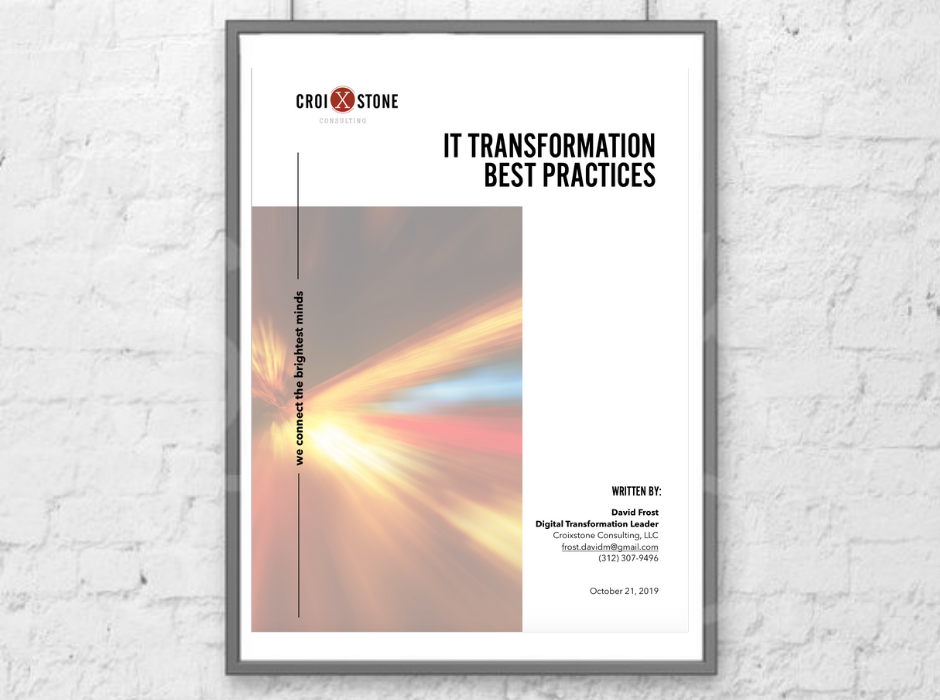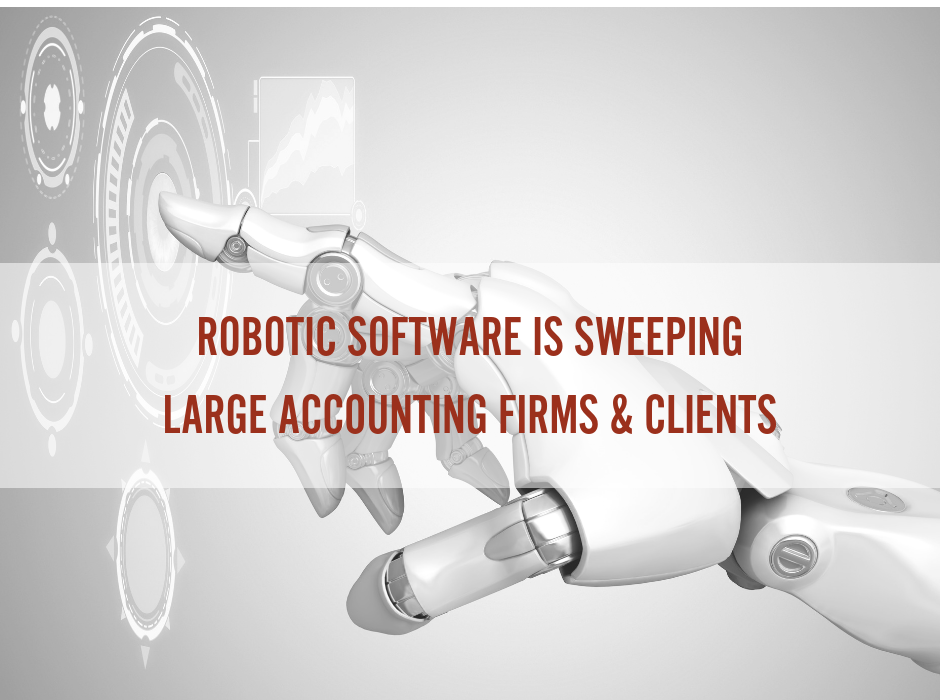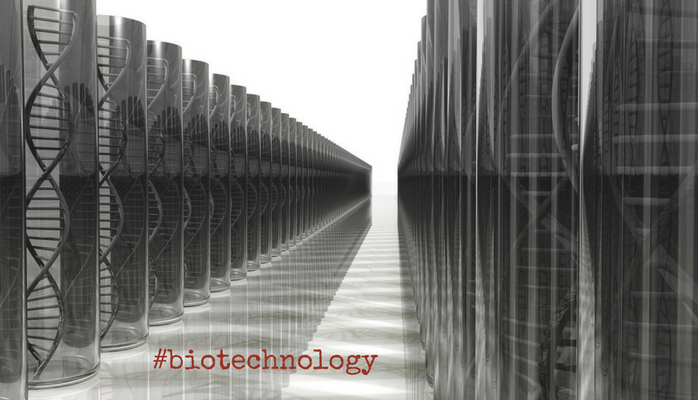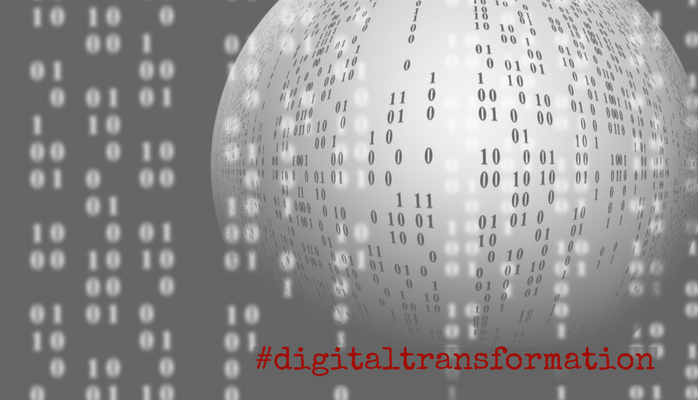IT Transformation Best Practices
CEOs and CIOs are under constant pressure to improve operations and adopt new technologies. The allure of “Cloud” and “Digital” can create excitement and executive approval to launch a project. Success, however, is always a challenge, and there is no shortage of advice and thought-ware on the subject. David Frost, a Charlotte-based digital transformation leader, believes that new digital transformations can still learn from past technology transformation. To learn more, Read the White Paper Here.









